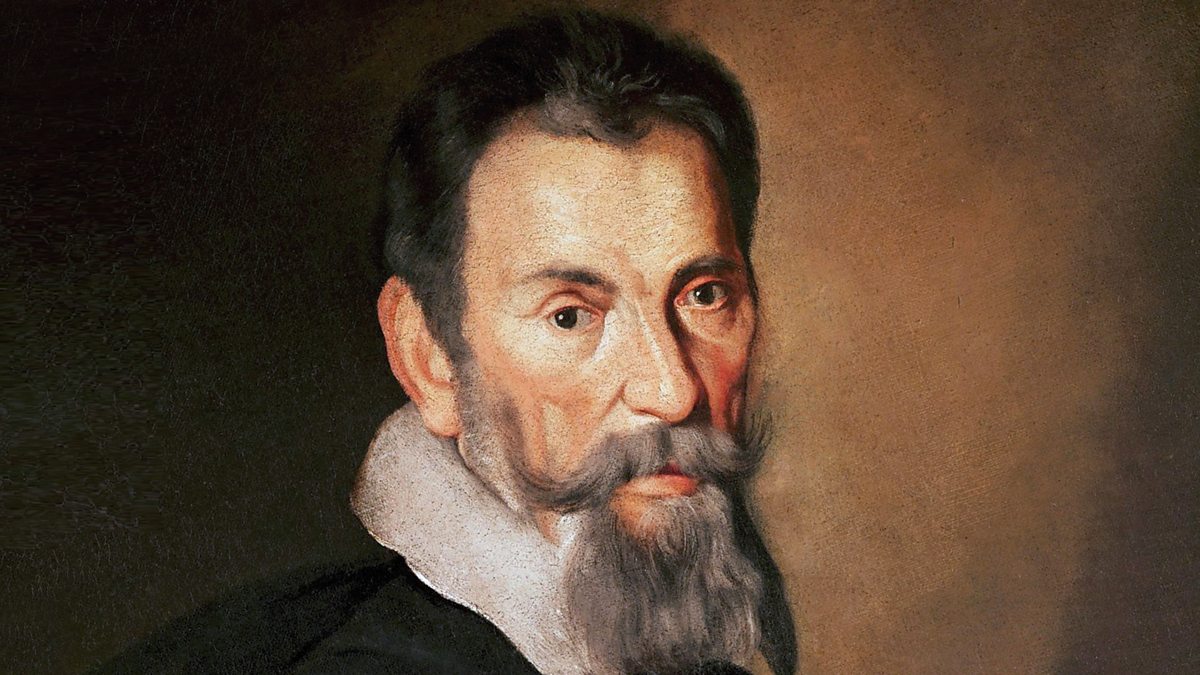
Masterpieces Resurrected: The 10 Best Compositions by Composer Claudio Monteverdi
Claudio Monteverdi, an Italian composer of the late Renaissance and early Baroque periods, left an indelible mark on the world of classical music. His revolutionary[…]
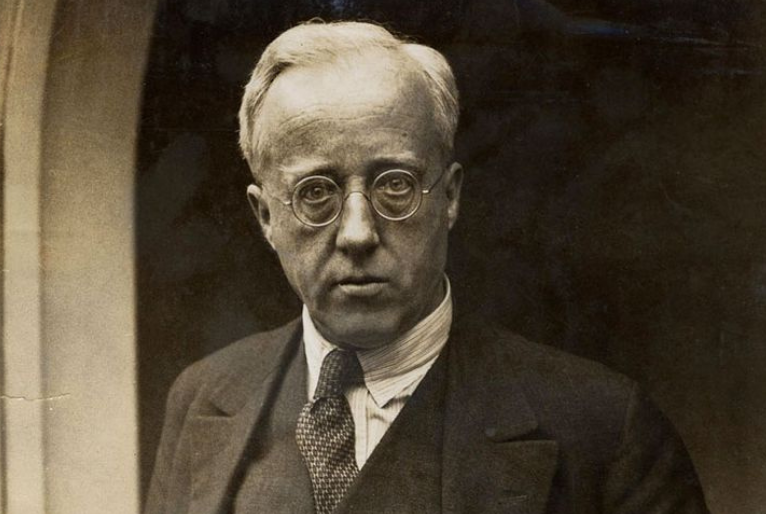
Discovering the Genius: The 10 Best Compositions of Gustav Holst
Gustav Holst, an eminent English composer of the early 20th century, left an indelible mark on the world of classical music. Renowned for his innovative[…]
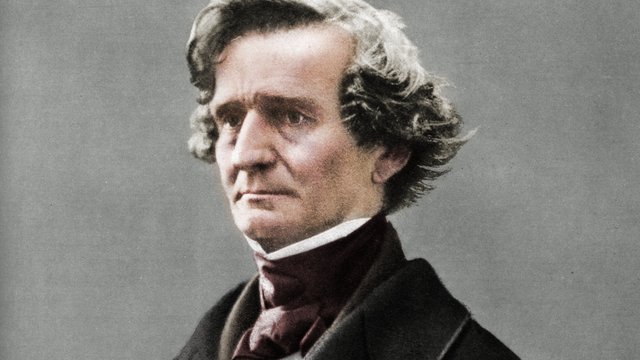
Unveiling the Masterpieces: The 10 Best Compositions by Hector Berlioz
Hector Berlioz, a visionary composer of the Romantic era, left an indelible mark on the world of classical music. His revolutionary approach to orchestration, dramatic[…]
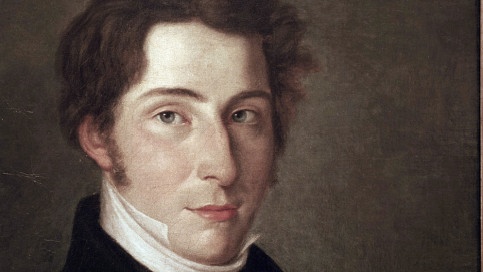
The Maestro’s Melodies: The 10 Best Songs by Composer Carl Maria von Weber
When it comes to the world of classical music, Carl Maria von Weber’s name stands tall as one of the most influential composers of the[…]
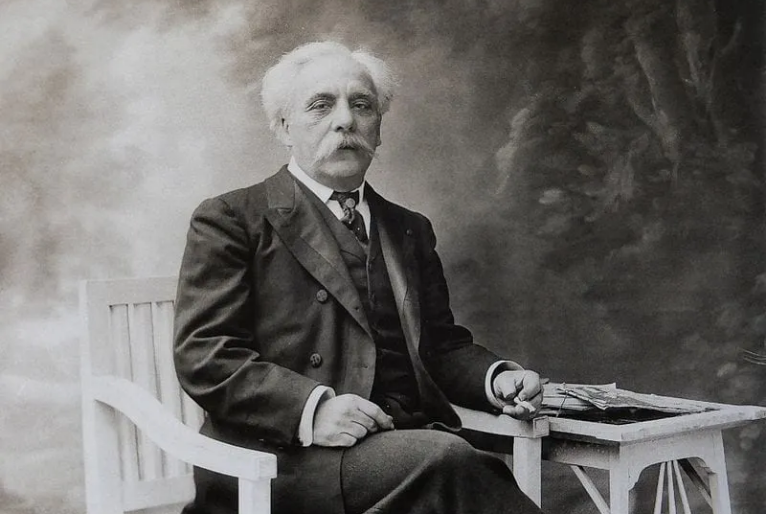
Gabriel Fauré: A Musical Journey Through Elegance and Innovation
Gabriel Fauré, the renowned French composer and organist, left an indelible mark on the world of classical music. His compositions are celebrated for their delicate[…]
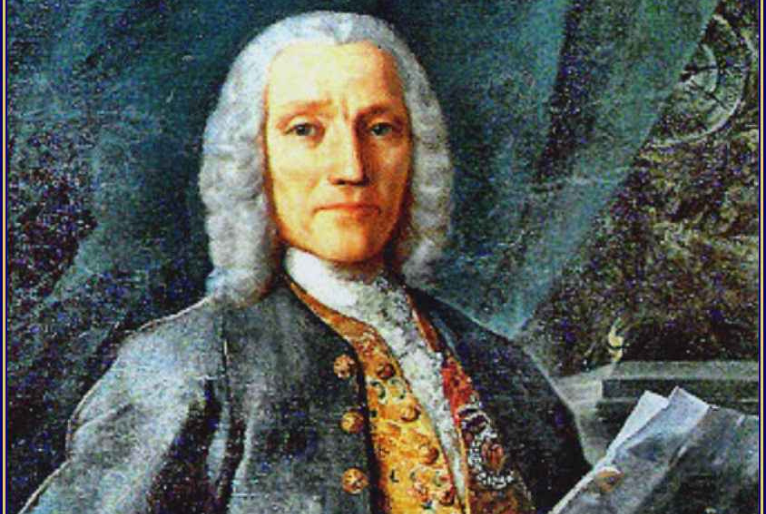
Domenico Scarlatti: A Musical Maestro of the Baroque Era
Domenico Scarlatti, an Italian composer of the Baroque era, left an indelible mark on the world of music with his vibrant and ingenious compositions. Renowned[…]
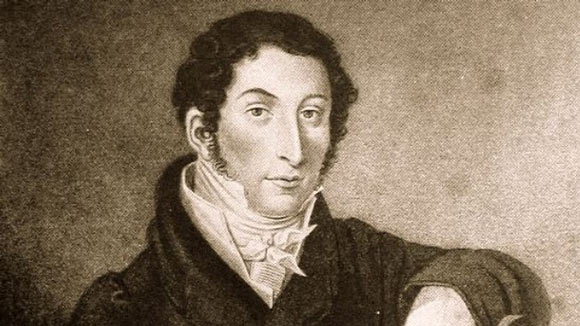
Carl Maria von Weber: A Musical Innovator and Romantic Composer
In the realm of classical music, Carl Maria von Weber stands as a towering figure of the Romantic era. His innovative compositions and profound influence[…]
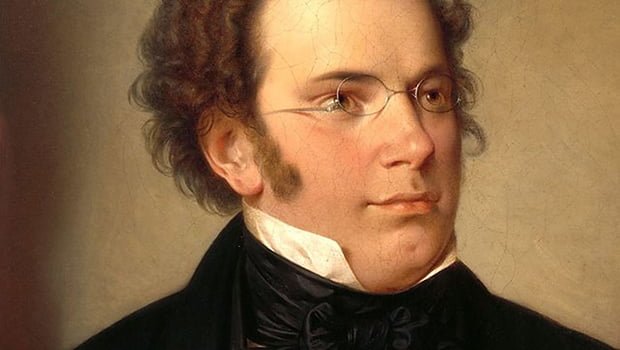
Discovering the Timeless Beauty: The 10 Best Compositions by Franz Schubert
Franz Schubert, an Austrian composer of the early 19th century, left an indelible mark on the world of classical music. With his unparalleled ability to[…]
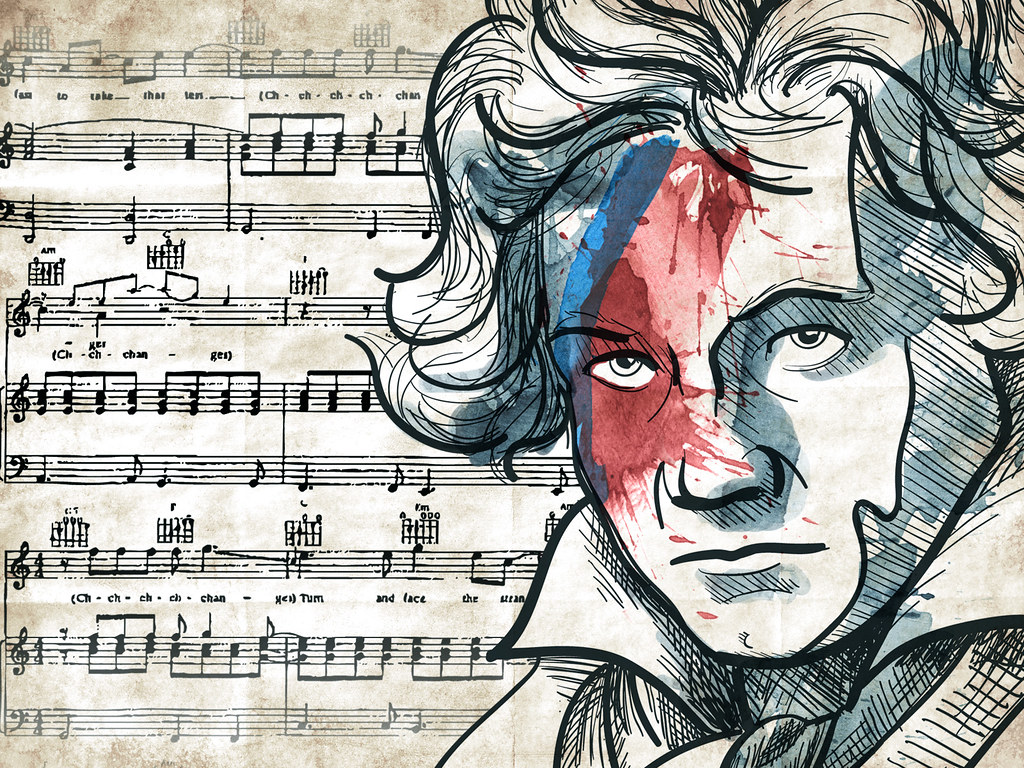
Masterpieces Unveiled: The 10 Best Compositions by Ludwig van Beethoven
Ludwig van Beethoven, one of the greatest composers in history, left an indelible mark on the world of classical music. His genius and emotional depth[…]
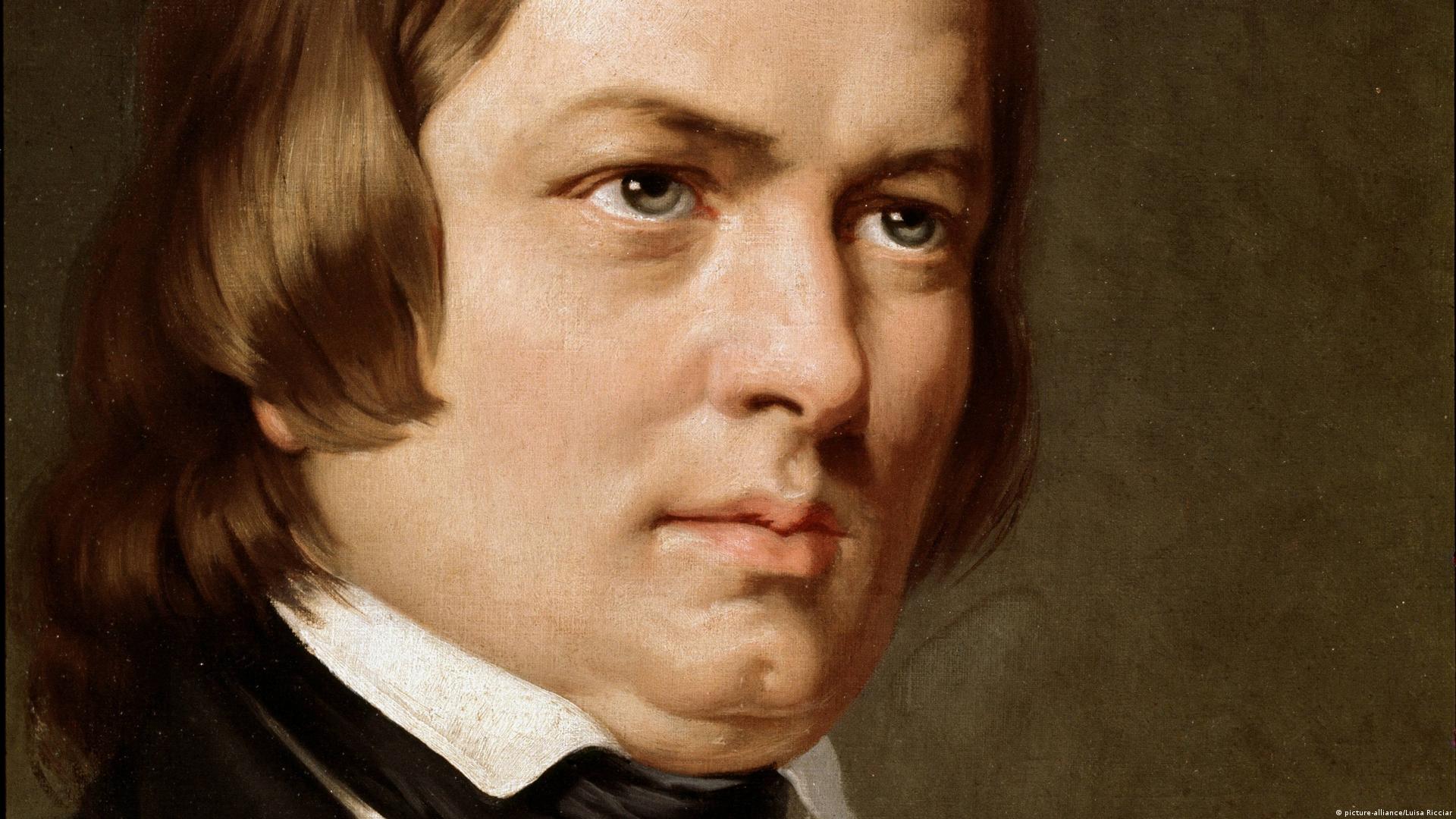
The Magnificent Melodies: Unveiling Robert Schumann’s 10 Best Compositions
Robert Schumann, a renowned German composer, left an indelible mark on the world of classical music with his exceptional talent and innovative compositions. Throughout his[…]